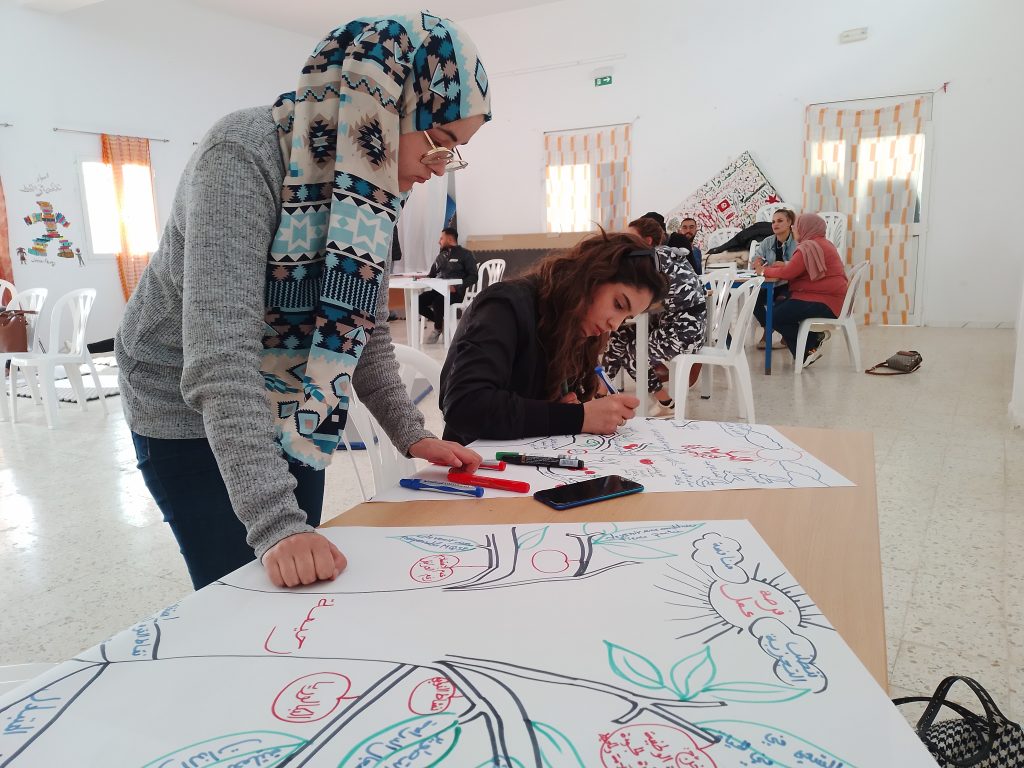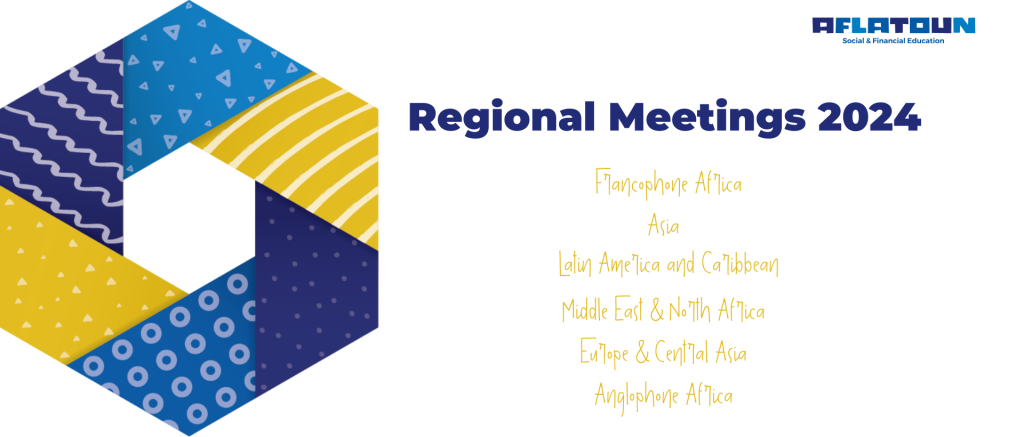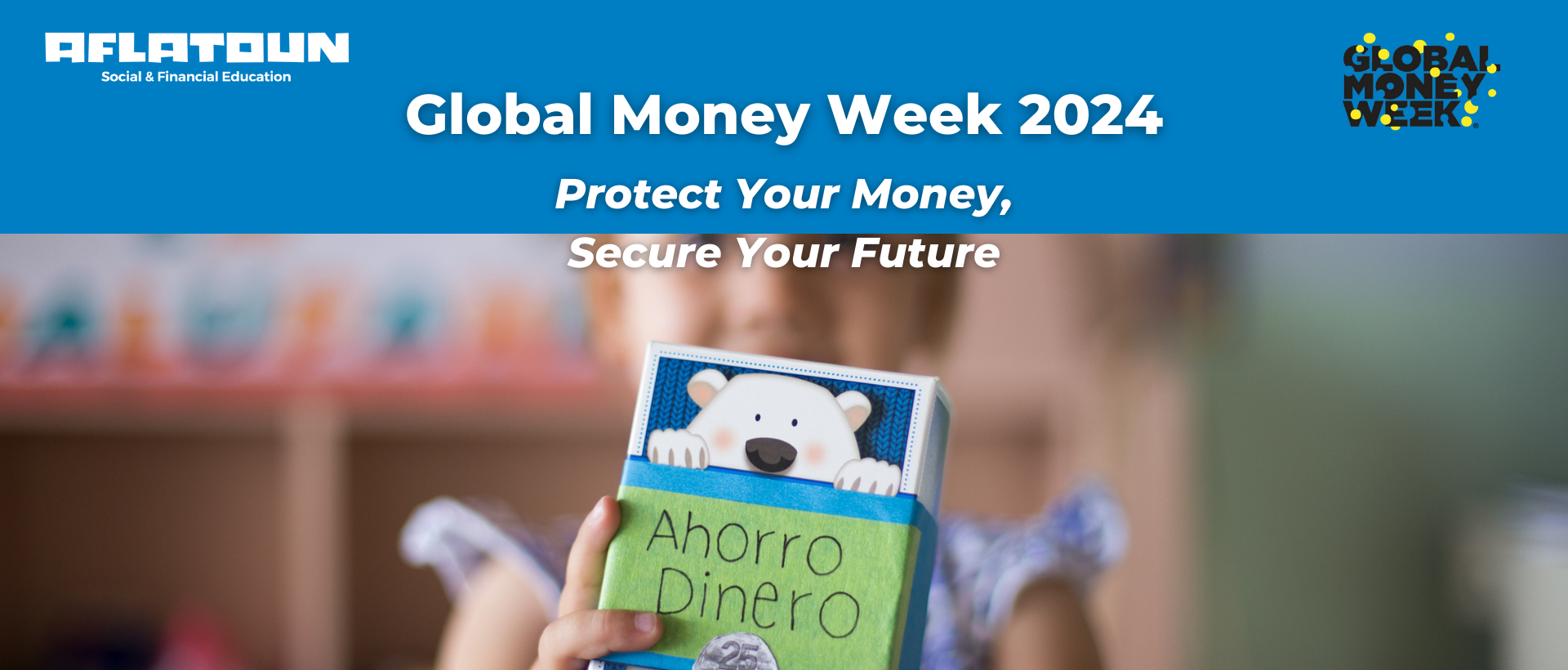Globally, schools are closing because of the COVID-19, leaving educators scrambling to provide content to their students in ways they’ve never had to before and as quickly as possible.
We sat down with our Digital Learning Manager, Maxwell Kyei Baffour to hear more about digital education and the impact of the rush to introduce virtual learning in the classroom.

Q: Because of the COVID-19 pandemic, many organisations have made their digital tools and curriculum available. What is your take on this?
It is good that it is happening but unfortunate that it took something this big to push digital learning in the spotlight.
Hopefully, this sparks an interest in what can be done with digital learning and that we start to create sustainable digital solutions to learning.
Sustainable digital learning is not just one exercise online or a website with interactive games. Sustainable digital learning requires a fully thought-out approach to the digital learning experience and to how it fits in with the learning objectives, etc. of each class and each student.
The positive thing about so many people using digital tools and content right now is that we are getting feedback – seeing what works and that will lead to innovation in the digital learning field and in the traditional classroom.
Q: People talk about the importance of low tech and high tech solutions. Can you uncover these terms more for us and talk about the differences?
Low tech solution should work with limited or no internet access. These solutions usually are via SMS and require basics devices. Funny enough, low tech does not mean that it is less complicated. In fact, they are often more complicated than high tech solutions and require working close with tele-companies to figure ways to push the message to the learner, fees, etc. You also don’t have as much space to provide the message or other tools to support the message – think video or images.
High tech solution often requires internet access and use more advanced hardware like smartphones, tablets, laptops etc. These solutions can be more interactive and can include video, images, simulations and visible learning journeys. They can be relatively easy to produce because of ubiquitous and free open source software and easy to distribute. Additionally, there are thousands of apps or platforms that make their distributions to the learners relatively easy.
There is also medium-tech – offline access to content. You can store things on a local server and people can reach it via their devices in a classroom or in a specific locality. This type of tech may accommodate the type of resources used by high tech albeit more compressed.
You can define the sophistication of tech by content, access, type of learner engagement and device.
I think the most important thing about digital learning is there isn’t just one way of learning. You need to understand what your audiences need and how to make materials truly accessible.
Q: I can imagine there is a worry about security if we introduce more tech or digital to our children in the classroom.
Yes, it is important to know that no platform is 100% safe. It is about understanding the risks and what you are signing up for. The more we move to digital the more important it becomes to understand how it all works – Netiquette – privacy settings, terms & conditions, etc. is important for educators, parents and students.
Q: What is something that you think is best left to face-face learning?
Technology as a whole still has a long way to go. It has taken us years to build up different theories and practices to make face-face classrooms work well and we are still adapting and changing.
So it is unfair to compare digital and face-to-face. Digital is still growing and innovating. Research plays an important role here. I think that we need more research and funding on how we can use digital in the classroom or as a standalone solution
I do think we will get to a point where face-face doesn’t cut it anymore. Things are already changing because of the technology we now have and this will have a huge impact on how people see the school and sitting in the classroom all day.
It is in our interest to build tech solutions to address the ways people are learning now and this can include people who don’t go to school – build it so that if we can’t be face-to-face then we can still learn. And in critical times like these, one can replace the other if needed.
I think that face-to-face learning and digital learning have to exist together because they exist in our lives together.
At Aflatoun International, we’ve created additional digital resources for our partners. If you are interested in more information, please send an email to [email protected]











